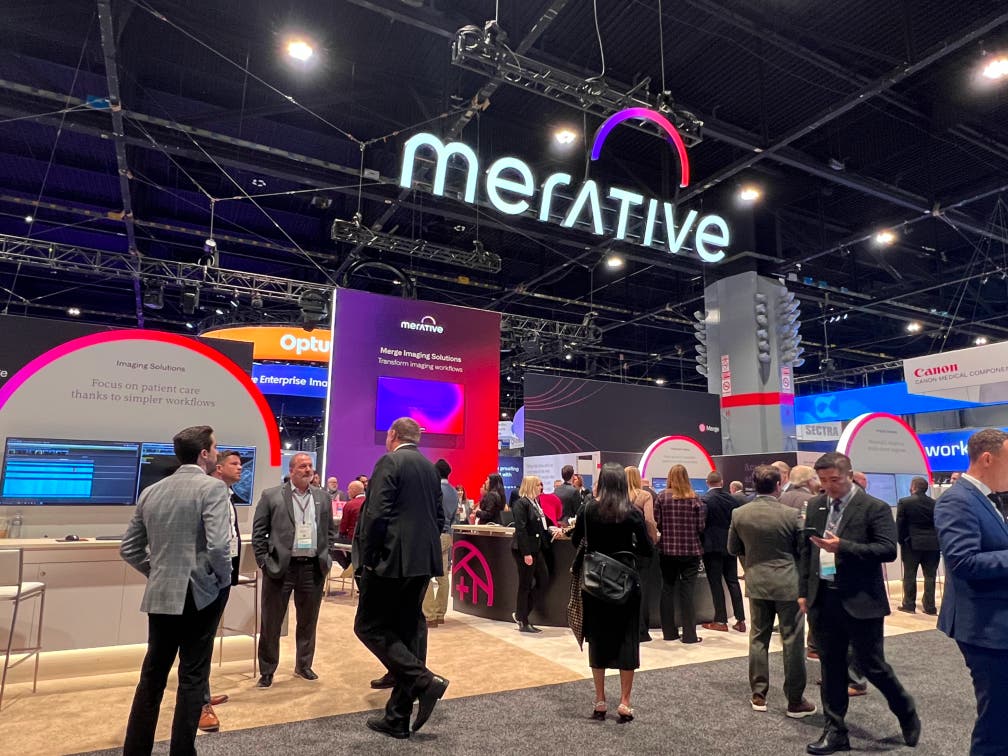GLP-1 outcomes: What we’ve learned and where payers need to focus next

GLP-1s continue to be a focus in the healthcare industry. Everyone from employers and health plans to pharmaceutical manufacturers, providers, legislators, and researchers are trying to better understand GLP-1 impact - investigating how these medications influence clinical and financial outcomes as a result of treatment.
From 2023 to 2024, utilization of GLP-1s jumped 28% to nearly 65 patients per 1000 and spend jumped 57% - to $510 Allowed PMPY. This drove GLP-1s to the top of everyone’s focus list. As payers began to plan for the 2025 benefit year, one question was resoundingly asked: “Are GLP-1s having the clinical and financial impact that we expected?”
Here at Truven, we are working with stakeholders across the healthcare landscape to investigate whether GLP-1s are moving the needle and providing value. This includes how to evaluate treatment outcomes, key performance indicators that can help usher in better therapy results, and opportunities to better engage with both vendors and members alike. Below is an example dashboard delivered through our Truven Health Insights interface, which helps payers continually track and benchmark GLP-1 trends.

Based on these types of analyses, Truven identified three major issues that payers are encountering with total population management as it relates to GLP-1 coverage:
- There remains significant improper use of GLP-1 medications. This includes both true off-label utilization, as well as improper engagement with physicians and care coordination. Analysis in MarketScan®, a Truven data solution, still shows 10% of patients taking a Diabetes GLP-1 are missing a diagnosis for Diabetes in 2024. While this has decreased from 15% in 2023, this misuse leads to an additional $28 in PMPY spend. Even for patients who fit the appropriate FDA criteria, a rise in online prescribing and doctor shopping is leading to patients missing the care coordination necessary for successful outcomes. Critically, this includes coaching lifestyle changes and side effect management; without which patient persistence on GLP-1s is severely impacted.
- GLP-1 persistence is low, especially for Obesity medications. MarketScan data shows that only 66% of continuously enrolled new GLP-1 patients were persistent on Obesity medications for at least 40 weeks (10 months) in 2022 – 2024, compared to 77% of patients taking Diabetes products. Most clinical trials for GLP-1s study outcomes at a minimum of 40 weeks (with many going far beyond this initial measurement period). Patients who do not reach at least the 40-week threshold are unlikely to see the same outcomes (clinical and financial) that are the goal of treatment. A study published by the Cleveland Clinic in June 2025 showed that real world outcomes did not match clinical trials largely because of early discontinuation and non-persistence. MarketScan shows medication spend for these non-persistent patients makes up 10% of total GLP-1 spend for Obesity patients and 5% for Diabetes patients.
- GLP-1 costs are unsustainable. GLP-1s are driving healthcare trends for nearly all payers and many report budgetary issues due to their uptake and cost. GLP-1 pricing per days’ supply has a compound annual growth rate (CAGR) of 6.5% since 2020, outpacing inflation. This growth is mostly due to newer, more effective products coming to market - when adjusted, same-product growth ranges from only -2% to 5% during the same period. Still, when compared to other countries, U.S. payers are paying 2x – 5x times higher for GLP-1 medications (although U.S. payers also report receiving high rebates, narrowing this gap).
In addition to working with payers to analyze GLP-1 utilization and identify opportunities to improve outcomes, we continue to advocate for payers to share their perspectives on what is working and what isn’t. To continue the discussion from Truven's GLP-1 roundtable and client survey results from 2024, we asked payers to speak about how they are managing GLP-1 utilization and setting their members up for success at our Truven Health Summit back in May 2025.
Here are some of the key takeaways from the feedback and advice we’ve heard:
- GLP-1s are working, but only for a small subset of total patients. Patients who are treated appropriately, who are adherent/persistent, and are making lifestyle changes.
- Rebates may make up the difference between actual and value pricing, but payers need better transparency.
- For some payers, enhanced prior authorizations and wrap-around requirements may outweigh rebate savings because a higher percentage of patients will see better outcomes.
- Many payers are having to drop Obesity GLP-1 coverage due to high cost and inflexibility of PBMs and drug manufacturers.
- Wrap-around care is critical, but payers are generally not in a place to align across benefits (and struggling with leadership to invest even more money, when GLP-1s are already heavily impacting budgets).
- There is a severe lack of transparency into appropriate prescribing and data recording.
While GLP-1 medications show promise for a select group of patients, significant challenges remain in ensuring their appropriate use and affordability. Payers are grappling with high costs, limited transparency, and the need for enhanced care coordination to drive better outcomes. These insights highlight the urgency of adopting more strategic approaches to manage GLP-1 utilization effectively.
Based on this feedback, below are the key recommendations for payers looking to manage GLP-1s into 2026 and beyond:
- Require a recorded diagnosis code for GLP-1 prior authorizations. This includes either a Diabetes diagnosis code for Diabetes products or a BMI diagnosis (Z-code) for Obesity products.
- Require wrap-around care coordination to improve side effect management, persistence, and lifestyle changes. This could include carving out Obesity management services, a narrow network of prescribers, or engagement with care managers.
- Require product-level rebate transparency to aid in financial outcome analysis and more informed formulary management.
- Negotiate vendor performance guarantees specific to engagement and utilization measures that are known to produce the best outcomes. This includes risk-matching patients with the right product or keeping patients adherent to treatment.
- Expand utilization and spend reporting to track key outcome measurements, including improper use and non-adherence. Consider how to track clinical outcomes such as HbA1c or BMI improvement.
Implementing these recommendations can help payers strike a balance between managing costs and ensuring positive patient outcomes. Payers can better navigate the complexities of GLP-1 utilization when they prioritize transparency, care coordination, and data-driven decision-making. These strategies will be critical in shaping a sustainable and effective approach to GLP-1 management in the years ahead.
Reach out to us for more information on GLP-1s, including how we can help support your business initiatives.
MarketScan data for this article represents commercial claims incurred January 2020 – December 2024.
Related Articles

Three years into the No Surprises Act: Are you compliant with federal regulations?
Since January 1, 2022, the Centers for Medicare & Medicaid Services (CMS) has...
By Bryan Briegel | 5 min. read

5 essential strategies for EDGE Server data management
This blog was updated on June 4, 2025. Advice from our experts on how to optimize...
By Bryan Briegel | 3 min. read

Merge December 2023 newsletter: Breaking ground at RSNA
By Ashish Sant | 2 min. read
Ready for a consultation?
Our team is ready to answer your questions. Let's make smarter health ecosystems, together.
